Understanding Sequences Normal Worksheets for Ages 7-8
6 filtered results
-
From - To
Introduce your child to the fascinating world of sequences with our "Understanding Sequences Normal Worksheets" tailored for ages 7-8. These worksheets offer engaging activities designed to enhance critical thinking and pattern recognition skills. Children will explore various sequences, learning to predict the next elements while sharpening their math and logical abilities. Each worksheet is crafted to be fun and educational, ensuring your little one remains fully engaged. Ideal for both classroom use and at-home learning, these resources provide a solid foundation in understanding sequences, setting your child on the path to academic success. Discover more at Kids Academy!
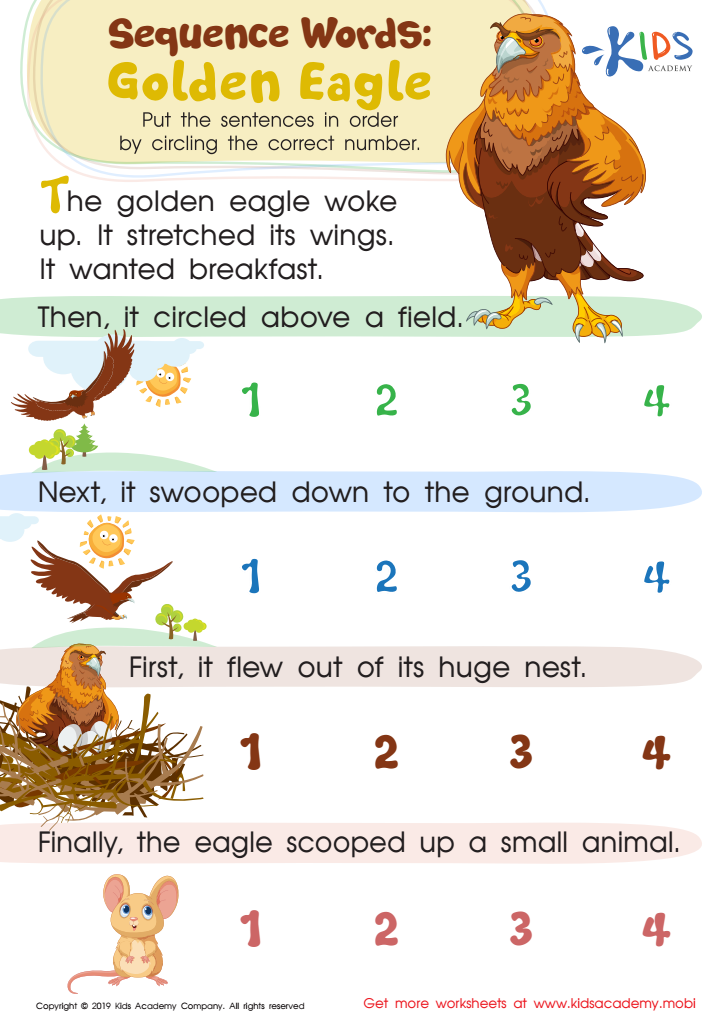

Sequence Word Eagle Worksheet
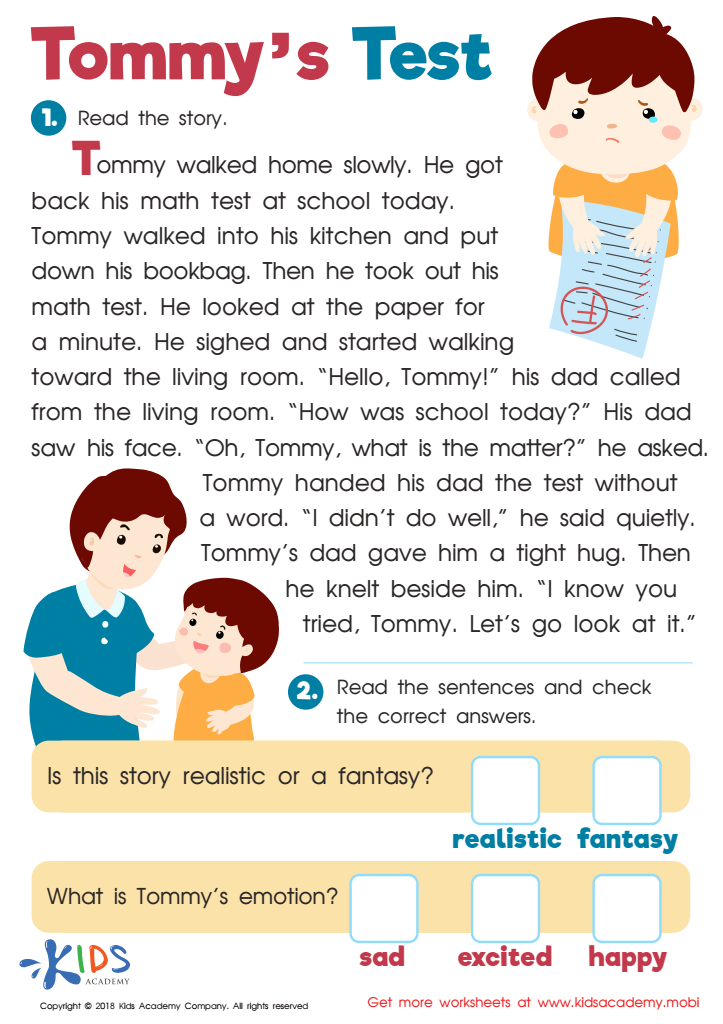

Tommys Test Worksheet
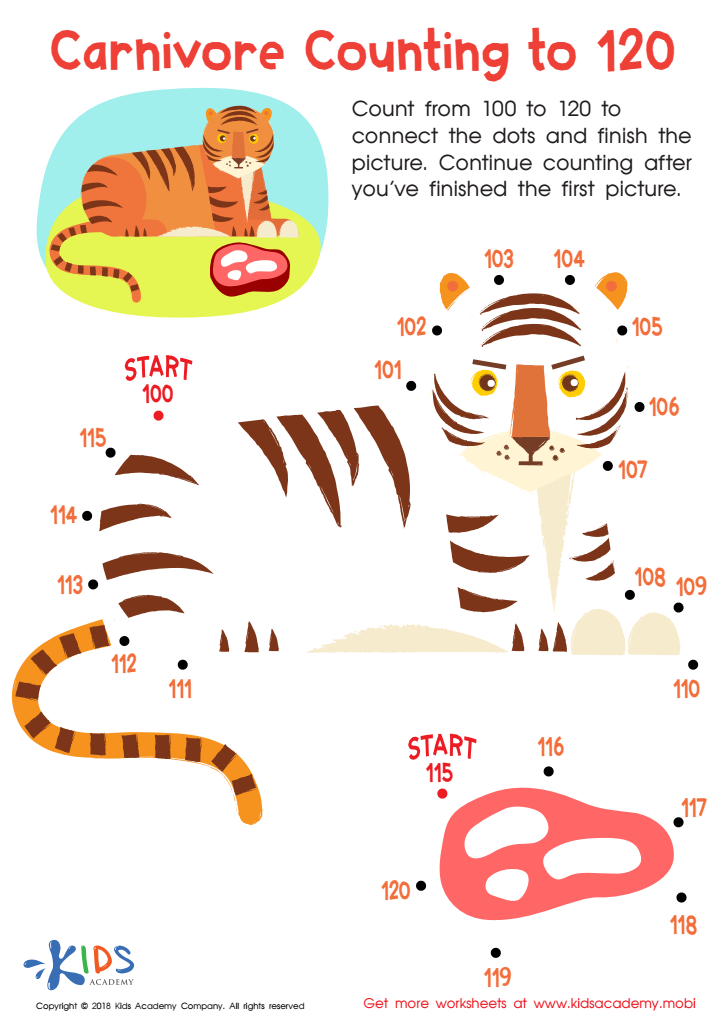

Carnivore Counting to 120 Worksheet


Sequencential Order Worksheet
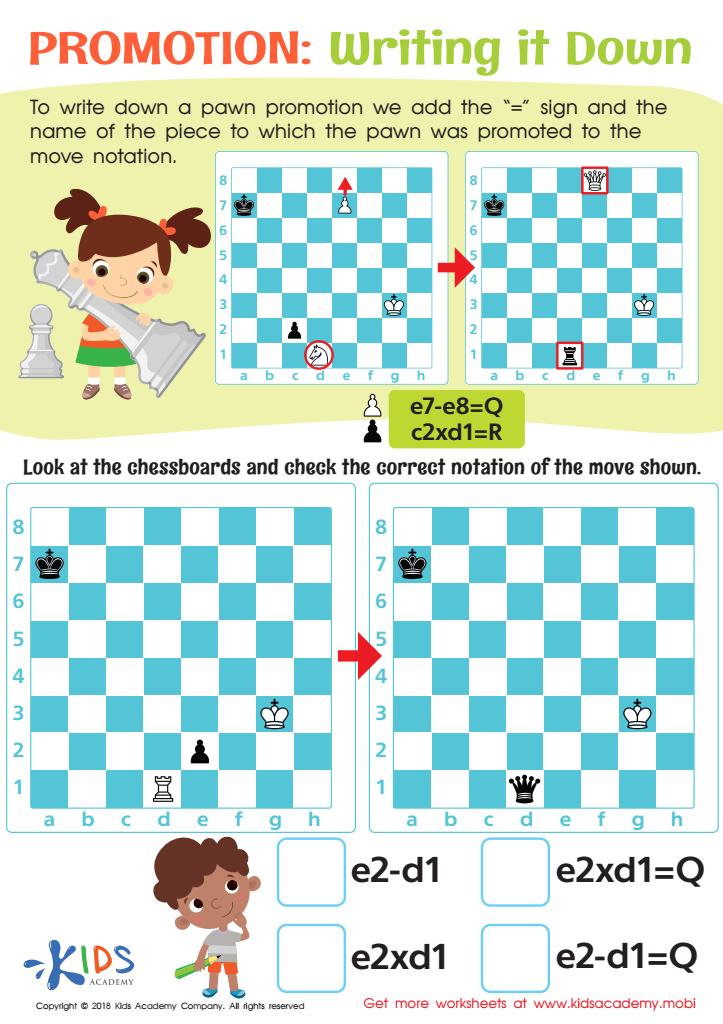

Writing it Down Worksheet
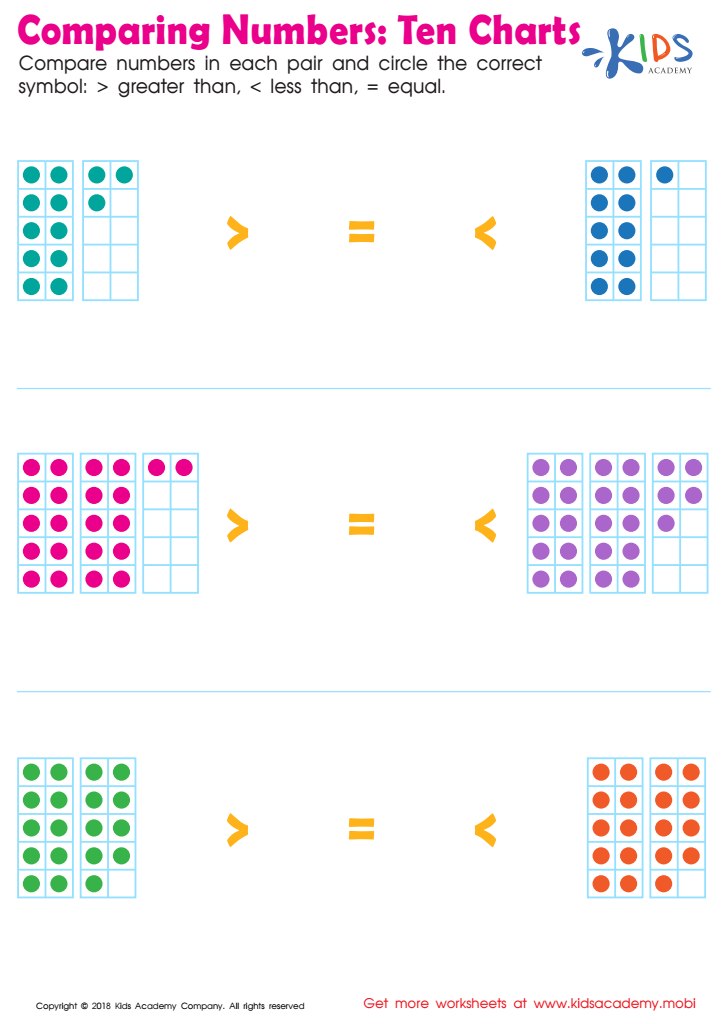

Ten Charts Worksheet
Understanding sequences is crucial for children aged 7-8 as it forms the foundation for developing strong mathematical and logical thinking skills. The concept of sequences appears in various daily activities and areas of learning, from understanding the order of events in a story to solving more complex mathematical problems.
By grasping sequences, children can follow step-by-step directions, develop organization skills, and build the ability to predict patterns, which is essential in subjects like math and science. For example, recognizing number patterns helps them understand arithmetic operations better, such as skip counting, multiplication tables, and recognizing relationships between numbers.
In literacy, understanding the sequence of events in a story aids in comprehension and recall, enabling children to retell narratives coherently, identify the beginning, middle, and end, and predict possible outcomes. Additionally, sequences enhance problem-solving abilities and logical reasoning, skills imperative for academic success across all subject areas and daily life.
Both parents and teachers play vital roles in nurturing this understanding through interactive activities, games, and real-life practice. By emphasizing sequences, they empower children to develop critical and analytical thoughts, laying a robust groundwork for future academic and personal growth. Essentially, this competency leads to better cognitive development and readiness for more advanced educational challenges.
 Assign to My Students
Assign to My Students





.jpg)
















